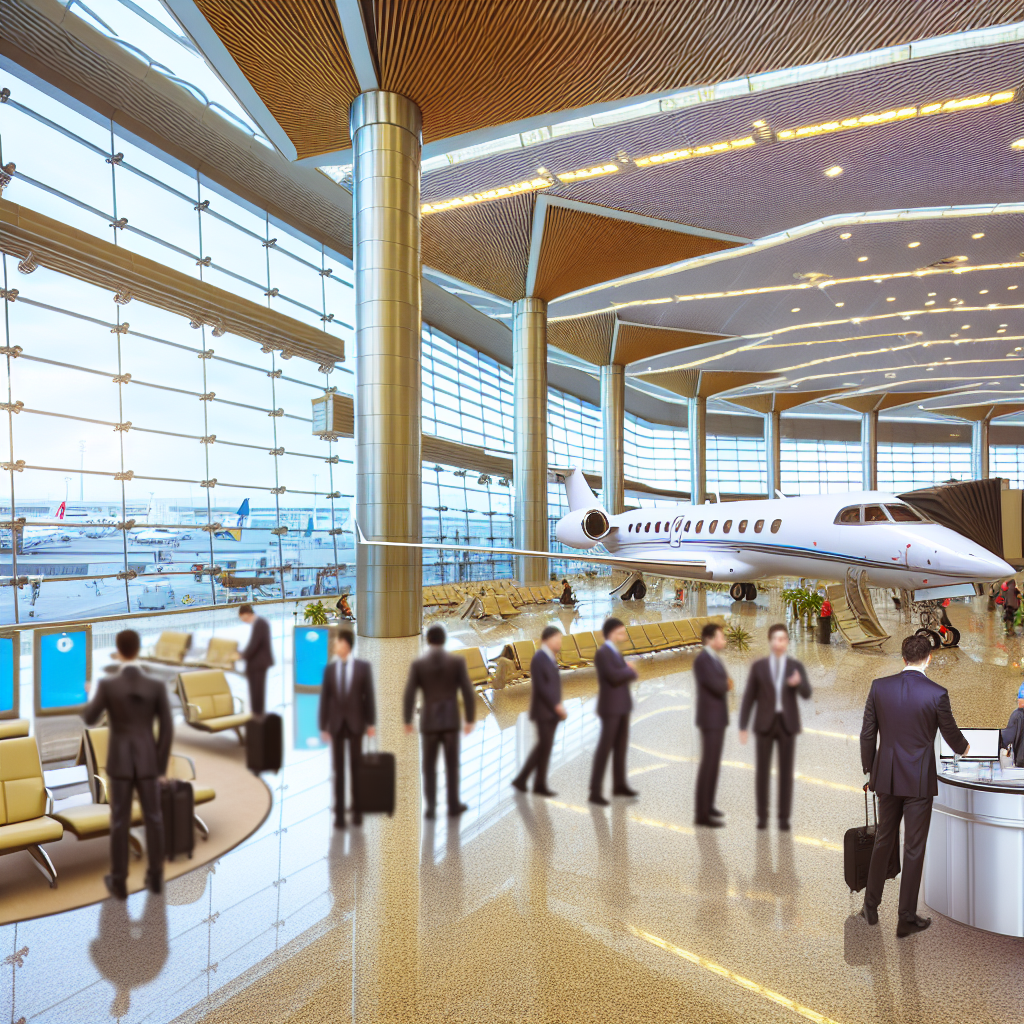Flying high aboard a private jet charter is not just about luxury—it’s about safety too. When choosing a jet charter company, understanding the safety standards in place is crucial to ensure a secure and smooth flight. In the realm of private aviation, where personalized service meets stringent regulations, safety is non-negotiable.
The Pillars of Safety in Private Aviation
Private jet charter operations are governed by rigorous safety protocols designed to protect passengers, crew, and the aircraft. These protocols encompass a wide array of measures, from regular maintenance checks to piloting expertise. Let’s delve into the key components that form the backbone of safety in private aircraft rental.
Aircraft Maintenance and Inspections
One of the most critical aspects of ensuring safety in private jet travel is diligent aircraft maintenance. Private jets undergo frequent inspections, and every component is meticulously checked to ensure it meets the highest safety standards. This involves routine checks before and after each flight, as well as comprehensive annual inspections. Companies like ForJet ensure their fleet of aircraft is always in peak condition, adhering to the strictest regulatory requirements.
Pilot Qualifications and Training
The expertise of the crew is paramount in private jet operations. Pilots employed by reputable jet charter companies are not only highly qualified but also undergo continuous training to stay abreast of the latest aviation safety procedures. This includes regular simulator training, safety drills, and scenario-based exercises to handle unexpected situations effectively.
Emergency Preparedness
Private jet charter companies prioritize emergency preparedness. This involves equipping jets with advanced safety technology and ensuring that both crew and passengers are well-versed in emergency protocols. For instance, services like ambulance aircraft charters are specifically designed to handle medical emergencies with precision and efficiency.
Technology and Innovation in Safety
Technological advancements have revolutionized safety in private jet travel. Modern jets are equipped with cutting-edge avionics systems that enhance navigation and communication, providing real-time data to pilots and ground control. Innovations in materials and engineering further bolster the structural integrity of aircraft, making them safer than ever before.
The Role of Regulatory Bodies
International aviation authorities, such as the Federal Aviation Administration (FAA) and the European Union Aviation Safety Agency (EASA), play a pivotal role in setting and enforcing safety regulations. These bodies ensure that all private jet charter companies comply with global safety standards, thereby fostering a culture of safety across the industry.
Choosing a Safe Private Jet Charter
When you decide to rent a plane for business or leisure, selecting a reputable charter company is key to ensuring a safe journey. It’s important to verify the company’s safety record, the qualifications of their pilots, and the maintenance standards of their fleet. Always choose a provider that prioritizes safety as much as luxury.
Conclusion: Safety First, Always
In the world of VIP jet charter, safety is as paramount as the luxurious experience it promises. From rigorous maintenance protocols to cutting-edge technology and stringent regulatory oversight, the private aviation industry is dedicated to maintaining the highest safety standards. So, next time you embark on a private flight, you can sit back and relax, knowing that your safety is in expert hands.

